Once you taste this easy, delicious homemade mayonnaise recipe, you’ll never settle for store-bought mayo, again. You can make it under 5 minutes and your family will LOVE it!
It’s so easy to make mayonnaise at home. You choose the healthy oils. You source the very best eggs. And, you choose the delicious flavorings!

I was actually a mayonnaise hater, until I started making this at home. There is no comparison between the flavor of Easy Homemade Mayonnaise and commercial mayonnaise. I would encourage you to make some and then, compare. You’ll be a convert!
This post is long, because I want to answer common questions and explain my “whys”, but it actually takes me less than 5 minutes to put this recipe together. Here’s a quick video of exactly how to make it.
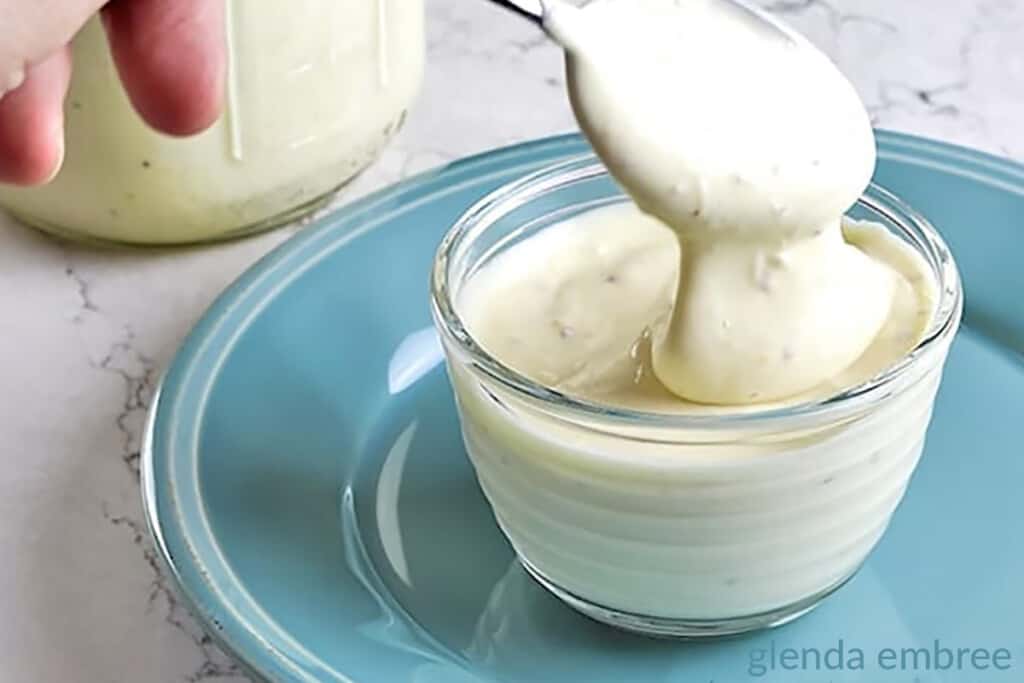
I hope you enjoy the recipe as much as we have and it becomes a useful tool in your kitchen!
The Tools
This recipe uses a *hand-held stick blender inside a jar or container whose base is only big enough for the bottom of the blender to fit into it — like a canning jar, or the container that came with the stick blender.
This small space allows the egg and oil to easily emulsify. You don’t have to stand over it and add the oil a drop at a time. (The link, below, is to the stick blender I use. It’s not the fanciest one, but it does everything I need.) [affiliate link]
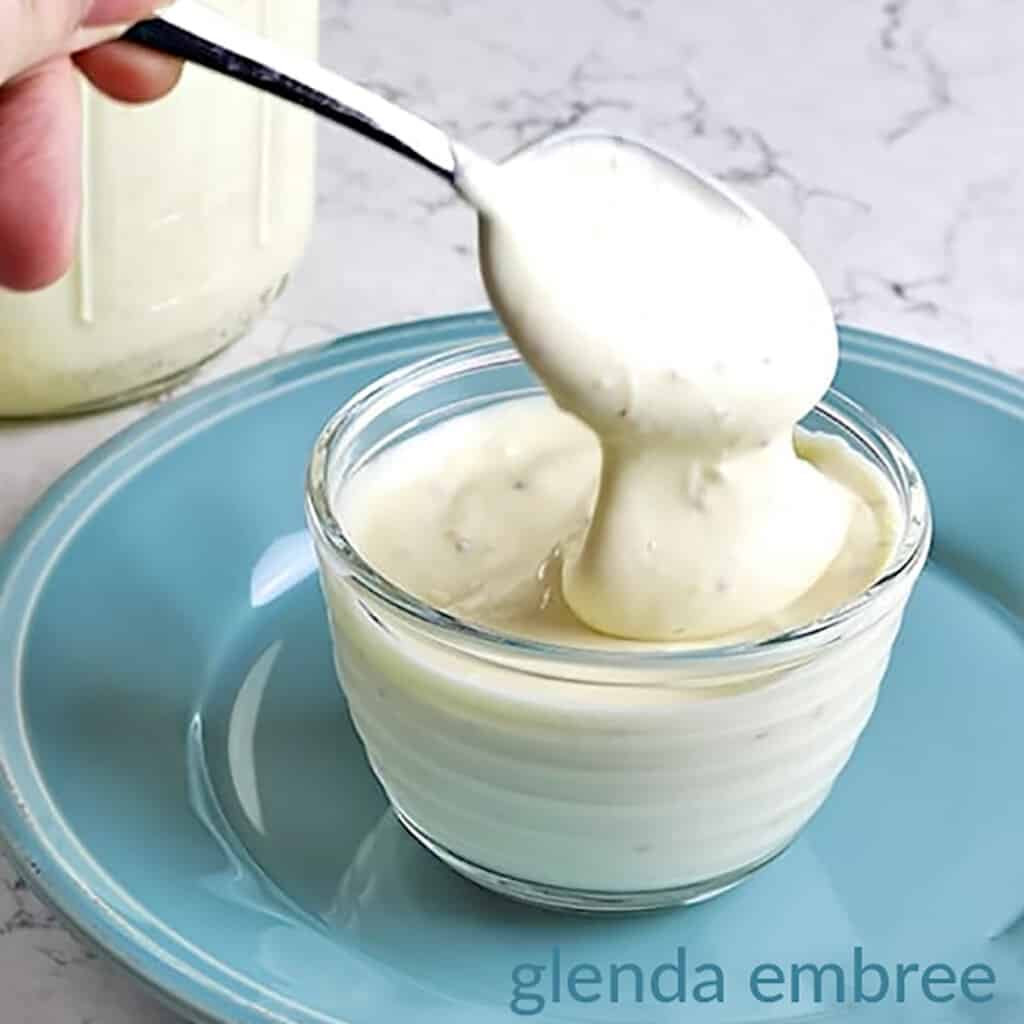
While I believe it is probably possible to make this recipe in a regular blender or food processor, the process for that is VERY different. I can only speak to my results with making mayo with a stick blender. If you want to try the blender/food processor method, here’s a blog post, at Inspired Taste, that explains how to do it.
The Ingredients for Homemade Mayonnaise
Technically, you only need three ingredients for mayonnaise – eggs, oil and an acid, like lemon juice or vinegar. But, adding mustard and even some herbs, will amp up the flavors, provide some interesting variety.
After a room-temperature rest period to let the acid do its work, you can also add the salt, which enhances the flavor of all the ingredients. Then store the mayo in the fridge.
- eggs
- avocado oil (or another, healthy, neutral-flavored oil)
- lemon juice (can substitute vinegar)
- stone ground mustard
- salt
- optional, herbs and seasonings
What About Pasteurized Eggs?
To be honest, I’ve been unknowingly making Easy Homemade Mayonnaise, for years, without pasteurized eggs. I used to believe that all commercial eggs are pasteurized. The truth is that most of them are NOT. Mind blown!

I think the odds are remote, that we would eat an infected egg that is also raw. That being said, if you do eat the the 1 in 20,000, or so, that IS infected with salmonella, and serve it raw, you won’t care one bit about the other 19,999 that weren’t contaminated.
So, pasteurized is definitely a great option if you have affordable access. My problem is where on earth to find them. After several weeks of research, I have still only found one company that pasteurizes eggs and not only are they cost prohibitive, but there are none being sold anywhere near my area.
You can Google “how to pasteurize eggs” and come up with any number of opinions and techniques. None that I could find could back up their claim with science.
They also couldn’t explain how they KNOW the internal temperature of their egg was at least 136° for the necessary length of time to kill salmonella or that their method would prevent the egg from going past 140°, cooking the egg, and making it useless for mayonnaise.
So, What’s the Solution?
So, now what? I have done so much reading and research, from food bloggers, to the CDC and FDA, to chefs who should know. There are people out there, touting their recipes, that will claim that there is no danger from properly handled eggs.
And then, others who will say it is NEVER safe.
After all I have read, and based on my personal experience making mayonnaise for years, I fall somewhere in the middle.
It’s certainly true that eating raw eggs may increase the risk of foodborne illness. And it’s also true that raw eggs do sometimes harbor salmonella and other not nice bacteria.
For me, personally, however, the most sensible information I read came from Orange Grove Road and Chef Alton Brown. Both provided information rooted in science and Orange Grove Road provided numerous studies to back up what they shared.
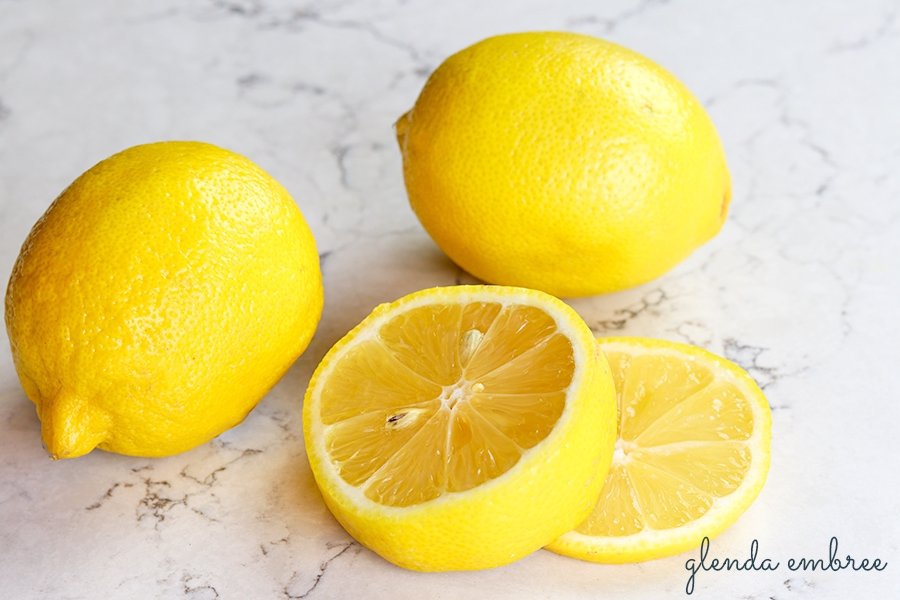
Lemon Juice and a 24-Hour, Room Temperature Rest
After reading, those articles and studies, I decided that using the correct amount of acid, and a resting time at room temperature, to obtain a pH level adequate to kill the bacteria, was the route I was comfortable with.
That means I need to use 4-7 teaspoons of lemon juice per egg, depending on whether I choose the 24-hour or 72-hour rest period. That’s what I do.
(If the finished 24-hour mayo is too lemony for your personal taste, the lemon juice can be reduced to as low as 4 teaspoons per egg. However, at that lower pH, it will require a 72 hour room-temperature rest, for the acid to have time to kill any potential bacteria. So, plan ahead.)
What I concluded is that, for my family, a minimal, calculated risk (made even less by the proper use of acid) is one that makes sense to me. I encourage you to do your own research and read the available information. Then make a considered decision that is right for you and your own family.
If you decide to go for it, I think you will flip for the luscious taste of homemade mayonnaise . Easy Homemade Mayonnaise is the BOMB! My husband prefers it to all other condiments! lol
I use homemade mayo to make potato salad or pasta salad, in sandwiches and to make homemade salad dressings. It’s a key ingredient in recipes like Elote (Mexican Grilled Corn), Lobster Rolls and Deviled Eggs. I don’t hesitate to use it in ANY of my own recipes, either.
How to Make Easy Homemade Mayonnaise
Making the mayonnaise is about a two minute process on the front end.
- Choose a jar or container with a narrow base. It shouldn’t be much larger than the bottom of your stick blender. I love using canning jars, because I will have a lid and don’t need to transfer to another container.
- Add your egg to the bottom of the jar.
- Then, pour the oil over the top. Choose a light, neutral flavored oil. Extra Virgin olive oil is too strong a flavor, in my opinion. A plain olive oil would be milder if you’re going the olive route. I use avocado oil, because it is mild-flavored, and for what I consider to be health benefits. Choose one that works well for your own personal tastes.

Using the Stick Blender
- Once the egg and oil are in the jar, lower your stick blender into the container and be sure the base is firmly flat on the bottom of the jar.
- Power the stick blender on to low, leaving it flat on the bottom of the jar. After just a few seconds, you will notice the emulsification beginning and delicious mayonnaise starting to creep up the sides of your jar from the bottom. (There will still be lots of oil above it.)
- Slowly, lift the stick blender upward, maybe a quarter of an inch at a time.
- As you notice that layer being emulsified, raise it, again.
- Continue that way until all the oil has been completely absorbed and all you have left in the jar is thick, creamy mayonnaise. The whole process should take less than two minutes.
- At this point, add the lemon juice and stone ground mustard. Thoroughly mix them into your mayo. (Just two or three seconds with the blender.)

- Place a lid on your jar and leave it at room temperature for 24 hours.
- After 24 hours, stir in the salt and any other seasonings you want. (Think herbs or sriracha, roasted garlic or jalapeno lime. There are tons of possibilities. I usually use some of it to make a batch of my Avocado Ranch Salad Dressing.)
Your Easy Homemade Mayonnaise is ready to eat and enjoy. Store it in the refrigerator from this point on. It will thicken as it gets cold.
Enjoy, my friend! A whole new world of Homemade Mayonnaise deliciousness awaits!
Want to Save This Recipe?
Enter your email & I’ll send you the link so you always have it at your fingertips. Plus, I’ll send a collection of easy recipes to your inbox every Friday!
By submitting this form, you consent to receive emails from Glenda Embree.

Easy Homemade Mayonnaise
- Total Time: 5 minutes
- Yield: 2 cups 1x
- Diet: Gluten Free
Description
It’s so easy to make mayonnaise at home. And you simply can’t get the level of creaminess and flavor from commercial mayonnaise. You choose the healthy oils. You source the very best eggs. And, you choose the delicious flavorings! Once you taste this easy, delicious homemade mayonnaise recipe, you’ll never settle for store-bought mayo again.
Ingredients
- 2 large eggs
- 2 cups of avocado oil (or your preferred oil. Choose something with light, neutral flavor. EVOO is too strong.)
- 8 -or- 14 teaspoons lemon juice (2 Tbls. + 2 tsp. -or- 4 Tbls. +2 tsp.)
- 2 heaping teaspoons stone ground mustard
- 1/2 teaspoon salt (hold until mayo has set at room temp for 24 hours)
Instructions
- Choose a jar or container with a narrow base. It shouldn’t be much larger than the bottom of your stick blender. I love using canning jars, because I will have a lid and don’t need to transfer to another container.
- Add your egg to the bottom of the jar.
- Pour the oil over the top. Choose a light, neutral flavored oil. Extra Virgin olive oil is too strong a flavor, in my opinion. A plain olive oil would be milder if you’re going the olive route. I use avocado oil, because it is mild-flavored, and for what I consider to be health benefits. Choose one that works well for your own personal tastes.
- Lower your stick blender into the container and be sure the base is firmly flat on the bottom of the jar.
- Power the stick blender on to low, leaving it flat on the bottom of the jar. After just a few seconds, you will notice the emulsification beginning and delicious mayonnaise starting to creep up the sides of your jar from the bottom. (There will still be lots of oil above it.)
- Slowly, lift the stick blender upward, maybe a quarter of an inch at a time. As you notice that layer being emulsified, raise it, again. Continue that way until all the oil has been completely absorbed and all you have left in the jar is thick, creamy mayonnaise. The whole process should take less than two minutes.
- Add the lemon juice and stone ground mustard. (The amount of lemon juice you choose will depend on how tangy you want your mayo to be and the amount of time you have to let it rest, before using it. The pH in 8 teaspoons works if you do a 72 hour, room-temperature rest of your mayonnaise before adding the salt. If you are only going to do a 24-hour, room temperature rest, you will need a higher pH level to kill any potential bacteria. So, the 14 teaspoons is necessary.) Thoroughly mix them into your mayo. Just two or three seconds with the blender.
- Place a lid on your jar and leave it at room temperature for 24 hours.
- After 24 hours, stir in the salt and any other seasonings you want. (Think herbs or sriracha. There are tons of possibilities. I usually use some of it to make a batch of my Avocado Ranch Salad Dressing.)
- Store in the refrigerator from here on out. The mayo will get thicker as it gets cold. It will still be looser than commercial mayonnaise, though.
Notes
- Prep Time: 5 min
- Category: Condiments, Sauces
- Cuisine: American
More Delicious Homemade Condiments to Try
5- Minute Homemade Ketchup
Easy Homemade Chimichurri
Please visit my recipe disclaimer page for nutrition, food safety and recipe outcome disclaimers.


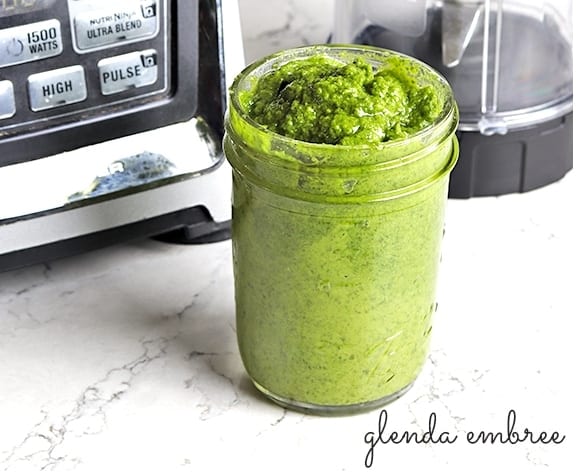
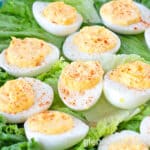




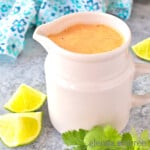



Adding more acid (lemon juice) reduced the pH level. There are two instances in the article claiming just the opposite.
Hi WG! I am definitely not a scientist. I don’t know whether adding acid lowers or raises the pH level in mayo. I do know that in the information I have read, however, my understanding is that it brings it to the correct pH to kill the bacteria we are trying to get rid of. Thanks so much for your comments and for taking the time to stop and visit. I hope to “see” you around the blog, again. Have a wonderfully blessed Christmas!